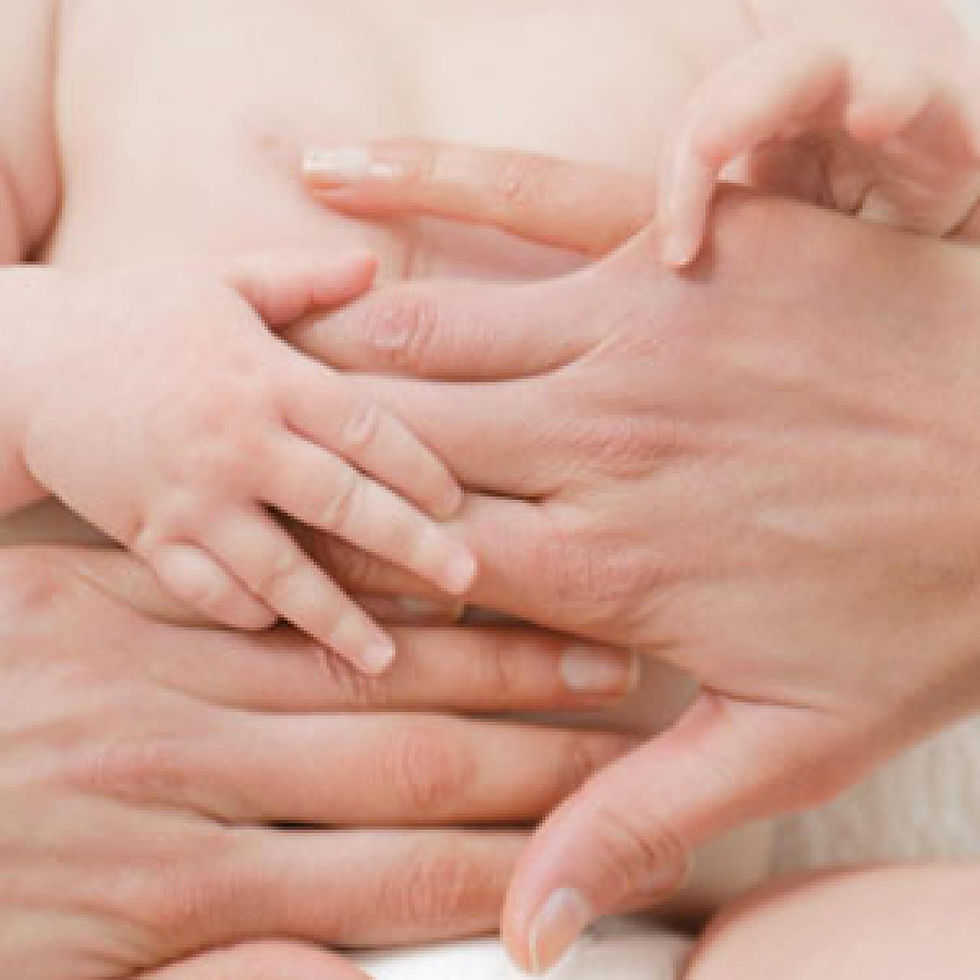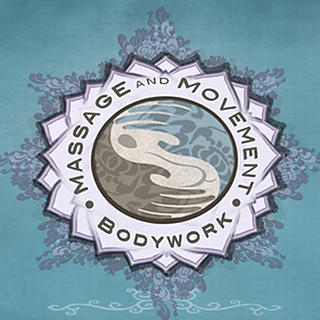Baby massage tips and benefits
- MamaRita Rose
- Mar 27, 2015
- 4 min read

Baby massage can help babies with sleep, wind, colic and relaxation. There are many benefits related to massaging your baby so here are some tips to help you get started.
Long before babies are able to speak, or even respond to sounds and sights, they communicate with the world around them through touch. The power of touch to soothe and heal is instinctive. If a baby cries, for example, we may cuddle them or rub their back. Massaging your baby is an extension of this natural impulse.
You can start baby massage from the day she is born (if your baby was premature, wait until she reaches her due date). Infant massage classes are best for babies over six weeks, as younger babies may find the environment too overwhelming before then.
If you would like to find out more about massaging your baby, visit our NCT baby massage training courses page, go to the course search tab to see when and where massage course are available near you.
Benefits of baby massage
You may enjoy baby massaging because:
It is a great way of strengthening your bond with your baby.
It can help you become more confident with handling your child and better at recognising her needs.
Baby massage is also a great way for partners, grandparents and siblings to bond with the newest addition to the family.
Massaging the jaw can relax a baby who has just begun to take solids.
Massaging the gums through the skin may ease the pain of teething.
A face massage can unblock a blocked nose.
Massage can alleviate the effects of postnatal depression and help a mother have a more positive interaction with their child.
Regularly massaging your baby can help her sleep better too. This is because:
Massaging raises levels of the 'feel-good' hormone oxytoxin in both you and your baby, helping you both feel calmer and relaxed. (This can also help with breastfeeding).
Your baby's muscles relax, breathing becomes deeper and the oil nourishes your child's skin. Skin stimulation also provides a vital trigger to the nervous system.
It can also provide relief – massaging your baby's tummy, for example, can help ease colic, constipation or trapped wind.
Although massage is beneficial to all babies, it is particularly useful for those with special needs such as Down's syndrome or cerebral palsy, providing a unique way of communicating and soothing. Because massage stimulates growth and development, it also helps premature babies thrive. A child's first language is one of loving touch.
Creating a relaxing environment
Choose a time when your baby is content and alert, not tired or hungry.
Try sitting on the floor, bed or sofa, with your child safely on a towel in front of you.
Find a position that’s comfortable, gives you good eye contact with no overhead lights and where your baby is warm.
It's up to you whether your child is nappy-free, but it can help to at least loosen the nappy when massaging the tummy.
There are lots of lovely baby massage oils on the market but any plain, vegetable based oil, such as sunflower oil, is perfectly adequate.
Your child may end up ingesting some oil, so you really want to make sure it is safe (petroleum-based oils or oils containing nuts aren't recommended).
You may like to introduce a massage after bath and before bed as part of a bedtime wind-down.
How to massage your baby: Getting started
Before beginning, 'ask permission' by rubbing a little oil between your hands over your baby, and saying 'can I give you a massage?' This may sound a little crazy but your child will become familiar with this visual cue and know that massage is about to start.
It's great to massage the whole of your child's body using a range of techniques. To get you started, here are some strokes for the legs and feet. You can repeat each stroke a few times, always responding to what your child seems to enjoy.
Once you have 'asked permission,' gently hold one of your baby's legs between your palms.
Then, with one hand, hold your baby's ankle securely. Mould your other hand around the top of your child's thigh, then slide it down the leg towards the ankle. Aim for a 'milking' action – as if you were milking a cow!
Then swap hands and repeat. Always keep your child's ankle supported and use slow, flowing strokes.
Next, cradle your child's foot in your hands and use your thumbs to stroke over the sole of the foot from heel to toes, one thumb after another. This can also be done on the top of the foot. Gently squeeze and rub each toe between your thumb and finger.
Then, holding your child's foot in your hands, press the pads of your thumbs all over the sole of the foot, like a cat padding a cushion.
Finish by repeating the 'milking' stroke in the opposite direction, i.e. from ankle to thigh.
If your baby doesn't seem to enjoy massage right away, don't be downhearted. It's a new experience for you both and can take a bit of getting used to. Try a few minutes the first time and build up as your child gets more used to it.
There's no reason why you can't continue massaging your child into later childhood. Studies show this can have a positive effect, not just on your child's physical health, but on her emotional wellbeing and relationships with others – including you!
Baby massage - staying safe
Avoid massage if your baby is unwell, has a temperature, or has just had vaccinations.
Avoid using oils that are scented, petroleum-based or contain nuts.
When massaging your child's arms or legs, always support the ankle or wrist with one hand.
When massaging your child's tummy with a circular motion, go clockwise rather than anti-clockwise.
If your child becomes upset or falls asleep, stop massaging



































Comments